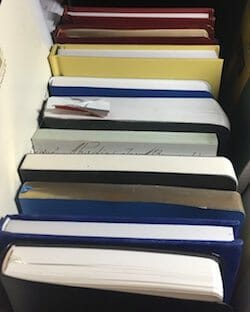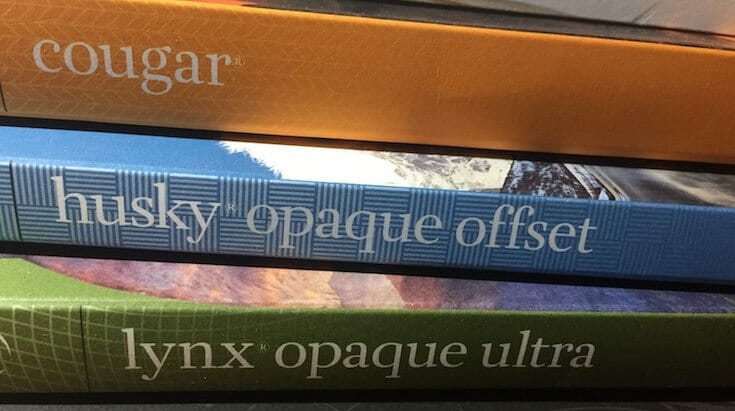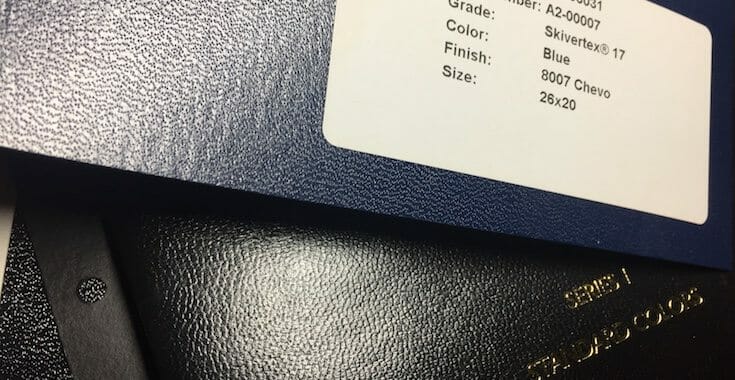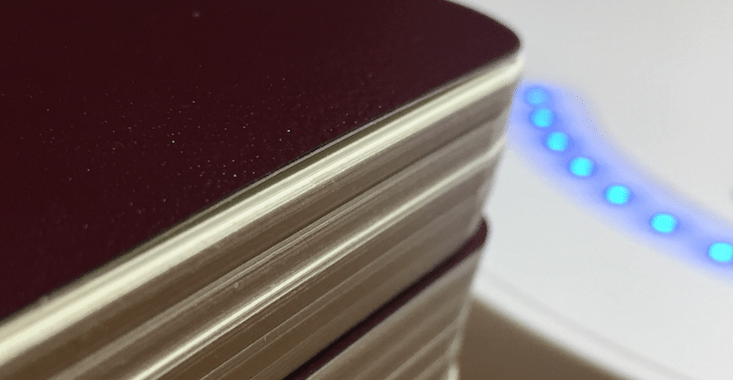Last year I happened to attend part of a webinar on creating “blank” books of various kinds.
As a former “traditional” publisher, I was immediately attracted by this topic. Books without words? How sweet would that be, to avoid all the complications that the words bring to book publishing?
For one, acquiring those words means paying an author, tracking sales and expenses, and reporting royalties in the traditional world. In the indie world, you’d have to create those words yourself by writing your own book, no small task.
How about all the editing, design, page layout, indexing, bibliographies, glossaries, and all the other accoutrements of word-filled books? You could skip it all!
So-called “blank books” seemed to include coloring books, diaries, sketchbooks, workbooks, and lots of others. Of course, many of these aren’t really “blank” at all, except that they don’t contain words.
I immediately thought about writer’s journals.
Both Jill and I use journals, for different purposes, and there are places in our home where you can find stacks of journals in retirement, their pages full.
Virtually all of of the things I do to make a living involve virtual goods: book templates, digital education for authors, book planning software subscriptions.
The idea of branching out into physical goods was irresistible, now that I had stumbled on a product that seemingly brought together both my lifelong expertise in book making, my passion for writing, and the needs of my audience of writers.
I was bold (or stupid) enough to announce my new plan in an interview with Jesse Kreiger in 2016, insisting they would be for sale “in a couple of months.”
However, whatever thoughts I had about how easy it would be to create books with no words, there was one detail I hadn’t counted on:
I had never made a book like the journal I wanted to create.
A New Kind of Book Production—For Me
Paperbacks, both perfect bound and sewn; paperbacks with flaps and paper with deckle edges; casebound books, jacketed and casewrapped; hardcoves with slipcases; comb-bound books; saddle-stitched books; books printed sheet fed and books printed from gigantic spools of paper; books that cost $0.25 and books that cost $35 each to produce; I’ve done them all over the years.
But I’d never produced a book like the journal I wanted to create for writers.
This is what I imagined:
- Sewn signatures for strength and longevity
- Flexible, durable, texturally rich covers
- A spine that allows the book to lay flat at any open page
- Paper that will please a majority of writers
- Rounded corners to prevent “banged” edges
Is that so much to ask?
I also had some “innovations” in mind, changes or additions I would love to have in my own journals, and things I think every journal user would love. Things like:
- More pages than normal, so the journal lasts longer
- A wider page than normal for a better handwriting environment
- Adding a handy way to keep track of what you’ve written in your journal
The problem was, besides never having produced a softcover book like this, I had no idea of the materials that would look and perform the way I had in mind.

Sample journals
I’ve been producing print books for many years, but nothing could have prepared me for the epic journey that I was about to embark upon.
Samples of bound journals, paper stocks, and cover materials started to pile up around my office.
Requests to companies that produce book papers for printing about which of their papers would work for hand writing proved pretty fruitless. Instead I gathered my own array of writing instruments included ball points, fiber-tips, rolling balls pens, and any others I could find.
In testing all these papers, I was looking for a combination of qualities. The paper had to
- Be smooth enough for writing, but not smooth that your pen “slips” on the paper, or the ink doesn’t dry right away
- Have a pleasant and bright look and feel
- Be sufficiently opaque that writing on one side of the sheet would not unnecessarily distract from writing on the other side

Just a few of the paper samples
Testing revealed several suitable papers, and one outstanding one. However, this particular paper is only made on one paper mill in the country, at it was very expensive. When priced out, a process in offset printing that takes from 3 to 6 business days, it was so expensive it would have made the journals way too costly for their intended purpose.
Working With Printers, Suppliers, and Estimators
This re-estimating happened over and over as the months went by, with me performing tests, asking for samples (a process that can take from one to three weeks, by the way), and requesting new pricing.
Most book printers don’t get involved in projects like this. Typically, they get a purchase order and a set of files and they print and ship the books. They are experts, but the relations are mostly business-to-business ones.
In short, it took months to finally settle on a paper that was both outstanding in its performance, but affordable for the journals I wanted to create. In the end I had to specify not only the stock but the color, the weight, and the finish, too. Each contributes to the final effect, especially when you are selling books that are mostly paper.
At the same time I was trying to find a cover material, and this search proved to be even more difficult than the search for the perfect paper.
I was soon lost in a maze of unintelligible jargon, looking at synthetic leathers, latex binders, acrylic coated latex-impregnated materials, and trying to make sense of them. The material I ended up with is, in fact, a “high-strength substrate with a latex-based color coating and protective acrylic top coat on the front, and white clay-coated smooth board back for good dimensional stability.”

Cover samples
Again, specifying this material involved learning the minimum order quantities, since they come in rather large rolls, as well as a dizzying array of colors, embossing patterns, and gloss finishing.
And there would be confusing errors along the way. After asking one supplier for samples, a week later I received a huge, beautiful, and expensive book of hundreds of samples of… colored paper. Useless, since it had nothing to do with my project, and I had to start over again.
Perhaps you can begin to feel how the last year has been going for me as I continued what sometimes seemed like a quixotic quest to reach a destination that seemed, like a mountaintop, to recede the closer I came to it.
Numerous people told me to forget it, do something more productive with my time, but I couldn’t quit.
Little did I know the biggest test was yet to come, when the binding problem reared its gnarly head and took a bite—make that several bites—out of me and my little journal project.
Tune in tomorrow for the rest of the story.
(And you can sign up to get notified when the journals are available here: WriteWell Writers’ Journals)



